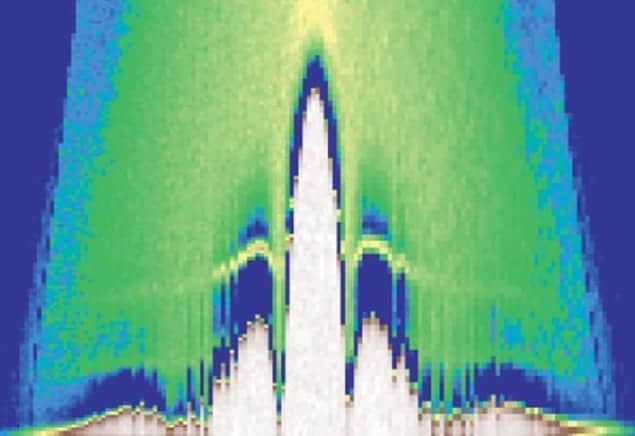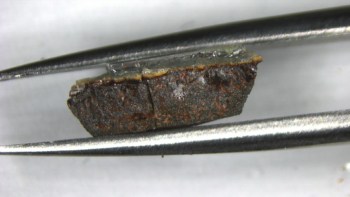
Evidence for the existence of “Majorana fermions” – theoretically proposed particles that are also their own anti-particles – could be seen in the behaviour of a novel Josephson junction. That is the view of physicists at Stanford University in the US, who have examined the properties of a Josephson junction that incorporates material called a “topological insulator” sandwiched between two superconducting contacts. The researchers found significant deviations from what is seen in conventional Josephson junctions – differences that they believe could be explained in terms of Majorana-like quasiparticles.
First predicted by the Italian physicist Ettore Majorana in 1937 – shortly before he mysteriously disappeared aged just 31 – Majorana fermions are interesting not just because they are their own antiparticles but also because they should be resistant to environmental noise. Majorana fermions, in other words, could be used to store and transmit quantum information without being perturbed by the outside world, which is the bane of anyone trying to build a practical quantum computer.
Although definite proof of the existence of Majorana fermions has not yet been obtained, theorists have calculated that particle-like excitations, or quasiparticles, which look like Majorana fermions could exist at the interface where a topological insulator – a material that only conducts electricity on its surface – is placed next to an ordinary superconductor. These quasiparticles are called “zero-energy modes” because they lie along the Fermi energy of the material.
In the case of a Josephson junction containing a topological insulator as the “weak link” between two superconductors, there are actually two superconductor–topological insulator interfaces back-to-back, and the Majoranas are expected to couple to each other and depart from zero energy. However, if a tiny magnetic field – even as small as half a superconducting flux quantum – is applied to the junction, the two Majorana modes decouple and both reside at zero energy.
The weakest link
David Goldhaber-Gordon and colleagues at Stanford have now studied such junctions and have found some bizarre behaviour, which they have tried to explain in terms of Majorana fermions. When experimentalists plot a graph of the superconducting current flowing across a Josephson junction against the value of an applied magnetic field, they usually see a distinct “magnetic diffraction pattern” (MDP). Normally, the MDP has a strong central peak, but in topological-insulator Josephson junctions, Goldhaber-Gordon and colleagues saw a much more complicated MDP with several unexpected peaks. Indeed, the first minimum occurs at about one-fifth of the magnetic field strength that is expected in a conventional Josephson junction.
According to Goldhaber-Gordon, this more complicated structure could be related to the zero-energy Majorana modes that are expected to occur at specific values of magnetic flux. However, to explain the observed diffraction pattern, Goldhaber-Gordon points out that three – rather than one – zero-energy modes are required. One of these modes could be associated with a Majorana fermion, whereas the other two could be associated with other conventional fermions – something that Goldhaber-Gordon says has been suggested by some theorists.
Smaller critical currents
Another atypical feature seen by the team is the value of the device’s critical current (above which it no longer superconducts) multiplied by its resistance in the normal, non-superconducting state. This product is usually proportional to the superconducting energy gap, but the team measured a value that is much smaller than expected. The value was also found to be inversely proportional to the width of the Josephson-junction device – that is, the distance across the device perpendicular to the flow of the supercurrent.
Building on a theoretical description published in 2008 by Charles Kane and Liang Fu at the University of Pennsylvania in the US, Goldhaber-Gordon and colleagues assume that the Majorana fermions are confined to a 1D wire that runs along the width of the Josephson junction. The result is a series of quantized energy levels that are inversely proportional to the width of the device. The team speculates that the gap between these energy levels provides a new and smaller energy scale above which superconductivity ceases to occur – explaining the smaller measured values.
Although the team analysed its results in the context of Majorana fermions, Goldhaber-Gordon stresses that his team are still only at the early stages of exploring the behaviour of junctions between superconductors and topological insulators. “Many aspects of the materials and junctions are not yet well understood,” he says. “We welcome ideas for the explanation of these data, whether they are Majorana-related, or not.”
The research is described in Physical Review Letters.



